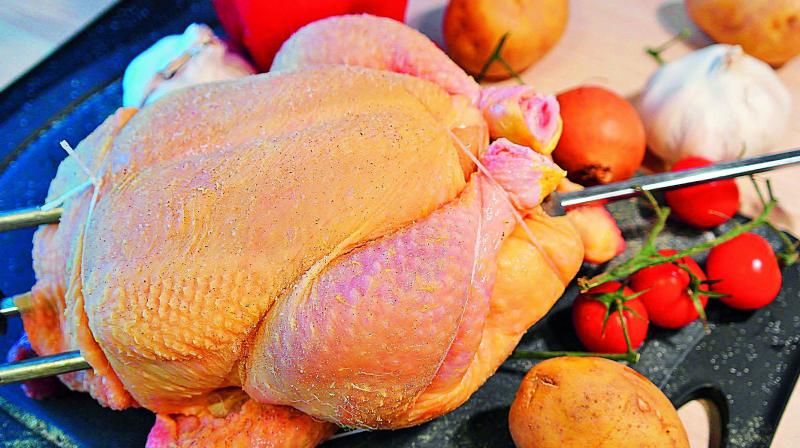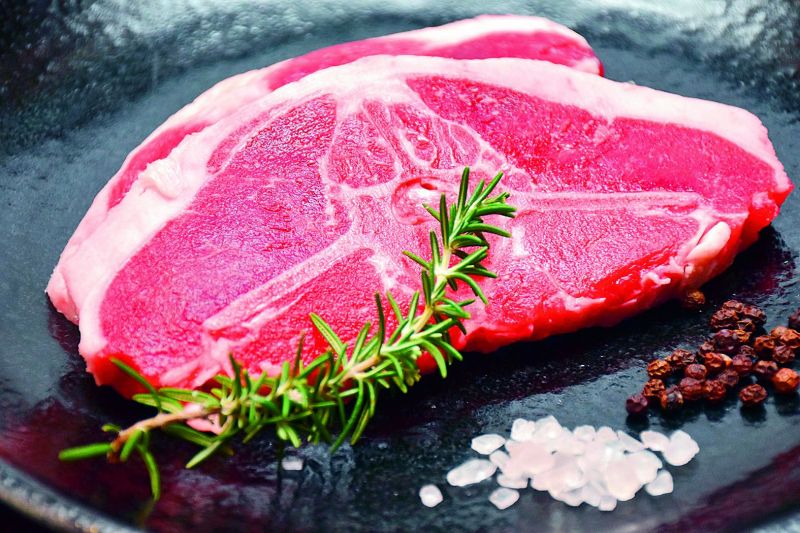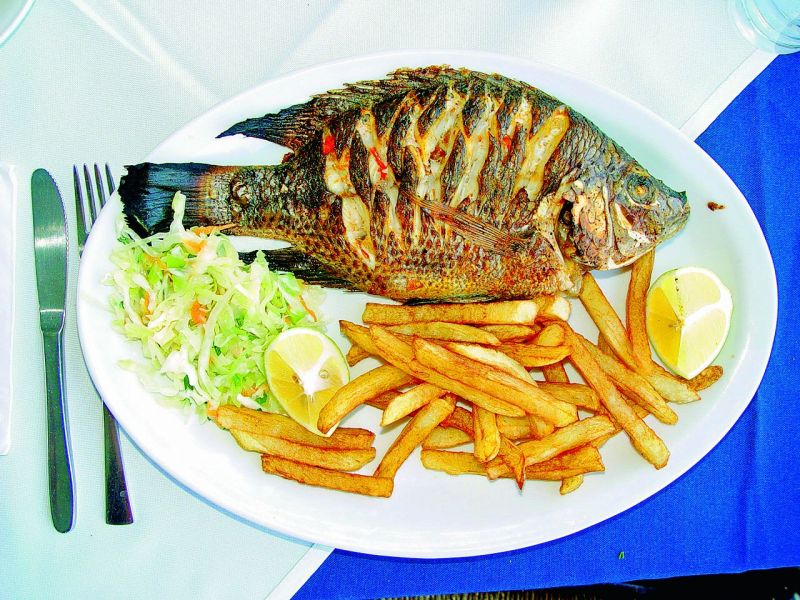Check your meat

Chicken, mutton and fish are the most abundant meats in any cuisine. However, buying and storing meat is a tricky business. If the meat is not fresh or is not stored and thawed properly, it can get spoilt. So here are a few tips by Chef Inam Khan that you can use while buying and storing meat.
Chicken
One of the most common meat, chicken is a part of almost every cuisine across the globe. While buying a whole chicken look for a well-shaped bird with a plump, rounded breast, and more breast than leg. Chicken parts should be moist and plump. Both whole chickens and chicken parts should have a clean smell.
Many people buy chicken and store it in the freezer for later use. If you want to freeze the chicken make sure you do so in small portion, as freezing meat, defrosting it and then freezing it again is not good.
Another myth that people have, is that to defrost the chicken one should put it under hot water. Doing this would only defrost the most upper layer of the chicken, while the inner parts would still be frozen, which might lead to bacterial growth. The right way of thawing the meat is to either take it out of the freezer and put it in the fridge, and one or two hours later (depending on the size of the bird) move it to room temperature. Or you can also put the bird under cold running water and leave it there for some time. This will ensure that all the layers of the chicken’s skin are defrosted and you can avoid any infection. Ensure that the cooking temperature should not be less than 1700F. Also, never use the knife used to cut the raw chicken for any other thing.
Mutton
While chicken and mutton are handled almost the same way, there are a few things which are different. While buying a mutton from the super market look at the colour of the meat, it should be pinkish. Red or completely pale mutton could have harmful bacteria.

If the mutton is packed in a see through foil, turn it around and check if there is any water or blood at the bottom. If there is, the meat could be stale. There is something called as a danger zone for the temperature you store your meat in. The zone is between 400F to 1400F; make sure your mutton is never between those temperatures.
Fish
Notice that there is a beautiful thin slimy layer on the fish — this means the fish is fresh. Another thing that one must notice is that the fish smells of fresh water, like a pond or ocean. You should check the fish’s gills too, they should be a little pinkish. The fish’s eye shouldn’t be cloudy and the tail shouldn’t be curly and dry.

Also look for dents on the scale of the fish. Cleaning the fish properly is a very important step that many miss out on. I personally clean my fishes with cold water mixed with lemon juice, turmeric and vinegar, this mixture takes care of any little infection that is there in the fish.
— As told to Namrata Srivastava

